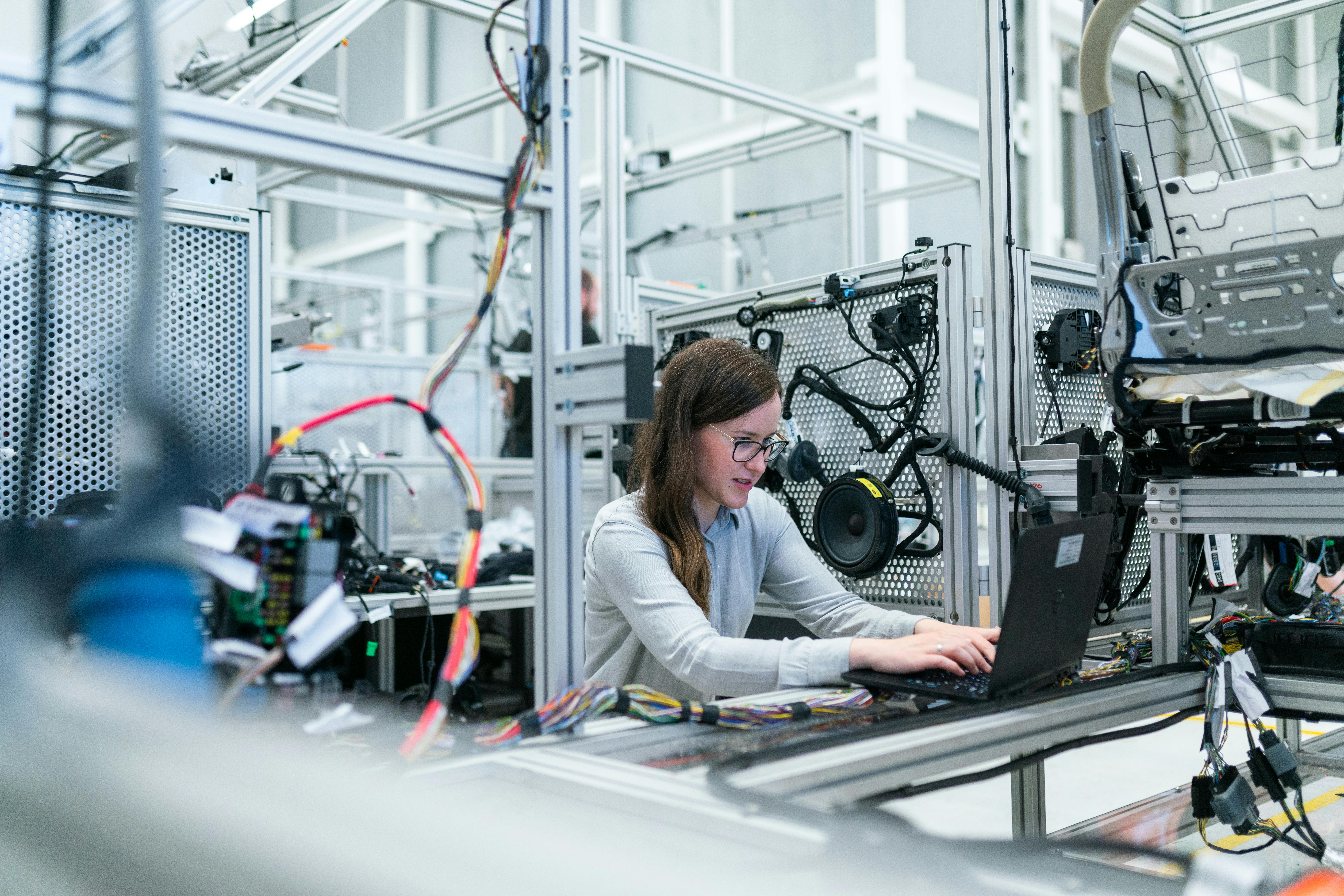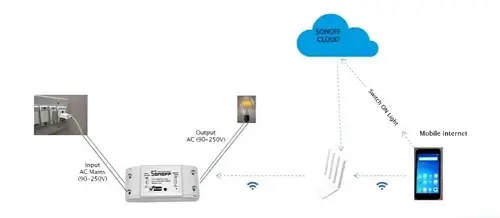Capsule and Bellows Pressure Sensors in IoT: Bridging Old Mechanics with Smart Tech
In a world where we rely on smart devices to monitor everything from air quality to tire pressure, understanding how these sensors actually “feel” pressure is fascinating. Among the many types out there, capsule and bellows pressure sensors have quietly shaped how IoT systems detect, interpret, and act on environmental changes.
Let’s break it down in a simple, human way.
What Are Capsule and Bellows Pressure Sensors?
Both capsule and bellows sensors belong to the mechanical family of pressure-measuring devices. They don’t need complex electronics to sense pressure — they rely on physics and precision design.
Capsule Pressure Sensors
A capsule sensor consists of two thin, corrugated metal diaphragms welded together at their edges. When pressure is applied, the capsule expands or contracts slightly. This movement is then converted into a readable signal, often through a transducer or a simple pointer mechanism.
They are especially sensitive to low-pressure ranges, making them perfect for measuring airflow, barometric pressure, or differential pressure in IoT-based weather and HVAC systems.
Example: In a smart HVAC setup, capsule sensors can detect minute pressure changes between indoor and outdoor air. This helps optimize air circulation, improving comfort while saving energy.
Bellows Pressure Sensors
Bellows sensors, on the other hand, look like tiny metal accordions. They expand or contract proportionally to pressure changes. Unlike capsules, bellows can handle a wider range of pressures, depending on their material and wall thickness.
They’re ideal when you need a linear and consistent displacement over a larger range — perfect for industrial automation or fluid control systems.
Example: In IoT-enabled hydraulic systems, bellows sensors can measure internal fluid pressure. If the pressure exceeds safe limits, the system automatically triggers an alert or slows down flow — preventing damage or accidents.
How IoT Brings These Sensors to Life
While capsule and bellows sensors are mechanical, they become powerful when paired with IoT connectivity.
By attaching a pressure-to-electrical transducer (like a strain gauge), the movement from the capsule or bellows can be converted into electrical signals. These signals are then sent via IoT modules (Wi-Fi, LoRa, or Bluetooth) to dashboards or mobile apps.
For instance:
- In smart agriculture, a bellows sensor can track irrigation pressure to ensure even water distribution.
- In weather monitoring stations, capsule sensors feed real-time barometric data to cloud platforms, improving short-term weather predictions.
Advantages of Capsule and Bellows Sensors
- Reliability: No complex electronics means less risk of failure.
- High Accuracy at Low Pressures: Especially for capsules, which are designed for subtle pressure differences.
- Durability: Metal construction ensures long-term stability.
- Easy Integration: Simple mechanical output makes it easy to pair with IoT modules.
Challenges and Modern Adaptations
Traditional capsule and bellows sensors were purely analog — great for gauges, not so much for connected systems. But modern versions integrate MEMS-based displacement tracking or optical encoders, enabling real-time digital readouts for IoT dashboards.
One challenge, though, is temperature sensitivity. Metal components expand slightly with heat, which can skew readings. To counter this, IoT-enabled sensors often use temperature compensation algorithms.
Real-World Application Snapshot
Imagine a smart air-quality monitoring station in a city park. It uses:
- A capsule sensor to measure small atmospheric pressure shifts.
- IoT connectivity to send data to a cloud dashboard.
- Predictive analytics to alert authorities if sudden drops in air pressure indicate a storm or air pollution spike.
Or take industrial IoT: a manufacturing line uses bellows sensors to track internal air pressure in pneumatic tools. If a leak occurs, the system immediately detects it, improving safety and cutting downtime.
Wrapping Up
Capsule and bellows sensors might not look high-tech at first glance, but they’re the quiet backbone of many IoT systems. By combining time-tested mechanical precision with modern connectivity, they help industries monitor pressure more accurately, respond faster, and operate more sustainably.
Sometimes, the most effective innovation is when the old meets the new — and pressure sensors like these are proof of that.




